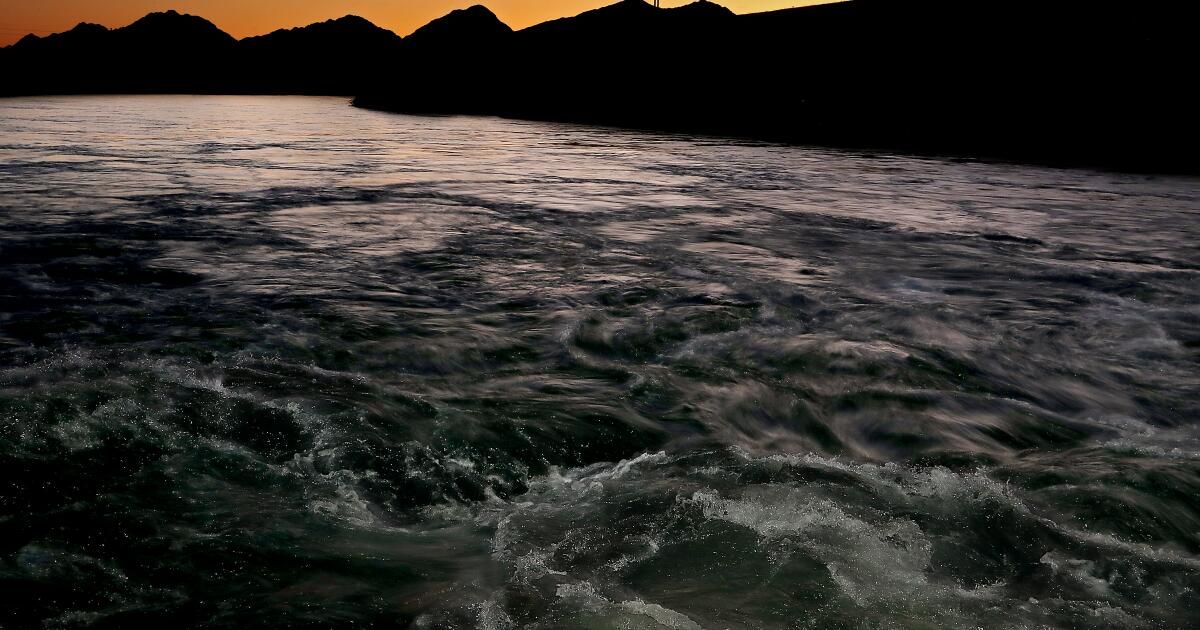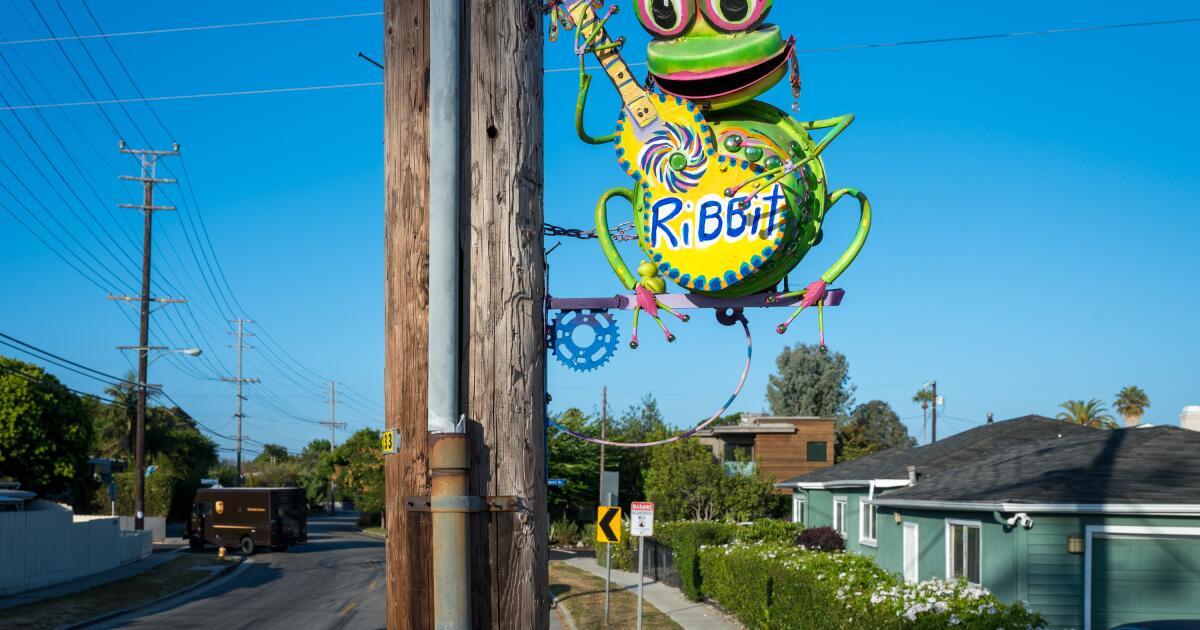To the editor: Environmental groups want to limit water from the Colorado River to the farms of the Imperial Valley, saying that it is not “beneficial”. What is a more beneficial use of water than food cultivation (“The groups ask the Trump administration to stop the waste of the water of the Colorado river.” May 6)? In addition, no one has done more on the path of conservation in the Colorado River than the farmers of the Imperial Valley. Since the implementation of the quantification settlement agreement in 2003, they have saved on 8 million water acres With another half a million salty feet every year. California is also part of A three states plan To save 1.5 million additional acres per year to help balance the Colorado River.
The particular meat of the groups is with Alfalfa, a fundamental crop that feeds the cattle that brings us foods rich in protein such as milk, cheese, meat, yogurt, ice cream and more. In this moment of global uncertainty, do we really want to limit food production?
Mike Wade, Sacramento
This writer is executive director of California Farm Water Coalition.
..
To the editor: Congratulations to 10 environmental groups to request the recovery office to stop wasting water from the Colorado River. In summary, the petition argues that the water levels of the Colorado River are decreasing due to climate change, and this trend is expected to persist and get worse. Soon, we will experience the joke often attributed to Mark Twain: “The whiskey is to drink and the water is to fight.”
But what Twain could not have seen is the growing number of data centers that use millions of gallons of our precious water. There are now 313 data centers in California, according to Data center map. In order for their cooling systems to execute their services in the cloud and the Internet, the hyperscala data centers operated by companies such as Google, Amazon and Meta are using more than 200 million gallons of water annually, by DGTL Infra. Meanwhile, wholesale and retail data centers use around 6.5 million gallons per year.
For their credit, some of the hyperscalers undertake to be positive in the water, promising to restore more water to the community of what they consume by 2030. But who will see if they are aware of restoring this product that will only be scarce in the next five years as larger data centers are being built for AI? Will agriculture and California residents be at the short end of the water pipe?
John Boal, Bubank












